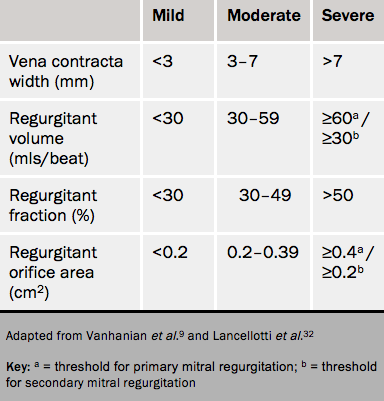

Mid-diastolic murmurs (rumble) are due to increased flow (relative stenosis) through the mitral (VSD) or the tricuspid valves (ASD).Examples: aortic and pulmonary regurgitation. Early diastolic murmurs immediately follow S2.In the latter part of systole, the small VSD may close or become so small to not allow discernible flow through and the murmur is no longer audible.ĭiastolic murmurs are usually abnormal, and may be early, mid or late diastolic. Examples: ventricular septal defect (VSD), mitral and tricuspid valve regurgitation.Ĭ) Decrescendo systolic murmur is a subtype of holosystolic murmur that may be heard in patients with small VSDs. Other causes include stenotic lesions (aortic and pulmonary stenosis, coarctation of the aorta, tetralogy of Fallot) or relative pulmonary stenosis due to increased flow from an ASDī) Holosystolic (regurgitant) murmurs start at the beginning of S1 (pulse) and continue to S2. Innocent murmurs are the most common cause of SEM (see below). The intensity of the murmur increases as more blood flows across an obstruction and then decreases (crescendo-decrescendo or diamond shaped). The murmur is heard shortly after S1 (pulse). Systolic murmurs are the most common types of murmurs in children and based on their timing within systole, they are classified into:Ī) Systolic ejection murmurs (SEM, crescendo-decrescendo) result from turbulent blood flow due to obstruction (actual or relative) across the semilunar valves, outflow tracts or arteries. VI/VI: Very loud murmur that can be heard without a stethoscope.V/VI: Very loud murmur heard with stethoscope lightly on chest.IV/VI: Loud murmur with a palpable thrill.III/VI: Loud murmur without a palpable thrill.Systolic Murmur Grades based on the intensity of the murmur Murmurs may be systolic, diastolic or continuous. Murmurs are additional sounds generated by turbulent blood flow in the heart and blood vessels. Quick Checks - Kawasaki Disease, Endocarditis, Rheumatic fever.General treatment of the acute episode:.Antimicrobial prophylaxis: (2007 AHA guidelines).Classic KD is diagnosed by the following criteria:.Kawasaki Disease (Mucocutaneous Lymph Node Syndrome).Premature ventricular contractions (PVCs).Hypertrophic Obstructive Cardiomyopathy.Ebstein Anomaly of the Tricuspid Valve (EA).Pulmonary Atresia with Intact Ventricular Septum (PA-IVS).

Clinical presentation, EKG and, imaging.Total Anomalous Pulmonary Venous Connection (TAPVC).Corrected Transposition of the Great Arteries (L-TGA).Complete Transposition of the Great Arteries (D-TGA).Systolic Murmur Grades based on the intensity of the murmur.


 0 kommentar(er)
0 kommentar(er)
